All about forcing onions on a feather
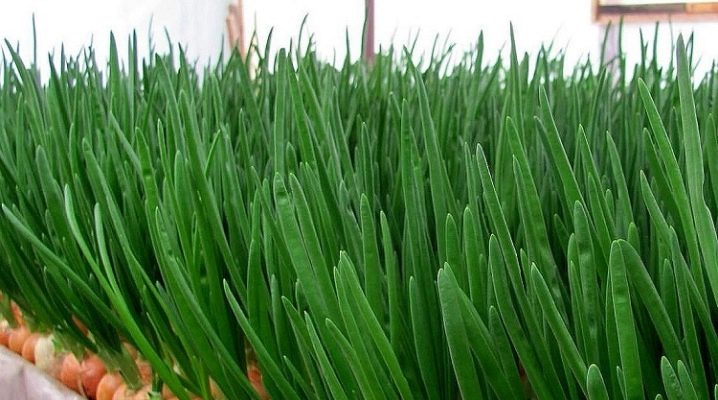
Forcing onions on a feather allows you to get a large amount of tasty and healthy greens in the shortest possible time. The process itself is not overly complex, but it still requires consideration of several important factors.
What it is?
In fact, forcing an onion onto a feather is growing this crop for the purpose of obtaining greens... Various activities carried out within its framework contribute to the accelerated development of the plant. For example, both the growth rate and the taste characteristics of feathers are largely influenced by the amount of fertilizer applied, which is easily controlled by the gardener both outdoors and indoors.
Bulb heads collected in the fall are usually used for forcing. It is allowed to use only dry and healthy material, which is free from mechanical damage.

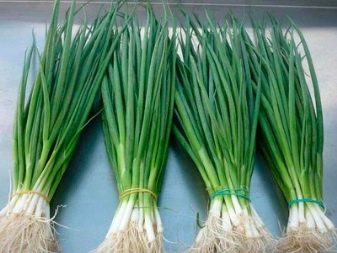
Suitable varieties
A number of crop varieties are intended specifically for forcing on feathers. They have a high yield and, as a rule, are multi-primordial. For example, the mid-season gets good reviews "Rostov" onion, has good immunity to fungal diseases and gives a bountiful harvest. Multi-primordial "Black" variety ripens not so abundantly, but its fruits have good keeping quality. A plus is the ability to plant a culture on a feather using seeds.
"Bessonovsky", adapted to Russian climatic conditions, it is characterized by the appearance of dense feathers of medium length. Its fruits are stored for a long time. "Arzamassky" a variety that is not afraid of most common diseases, ideal for growing in non-chernozem regions. Have "Yantarny" onions, thick feathers appear, reaching a length of 30 to 35 centimeters. Slime onions are unpretentious and can grow even in shaded beds. Gardeners are especially interested in its dense wide feathers.
Shallot, considered even more useful than its onion cousin, it does not form arrows, but its feathers reach 40 centimeters in length. It is considered to be the leader in terms of the amount of greens obtained. Leek with feathers up to 55 centimeters in size, it has a pleasant unsharp taste. Thick and aromatic chives feathers appear as a result of forcing in winter and in the coldest regions, as the variety is not afraid of low temperatures. They are of considerable length and narrow shape. Onions grow in almost any environment, producing feathers of medium density and length.
It is also recommended to use for distillation "Spassky", "Chernigovsky", "Karatalsky", "Egyptian", batun onion and other varieties. The number of buds-primordia, from which feathers appear, in the selected varieties should be at least 4-6 pieces.
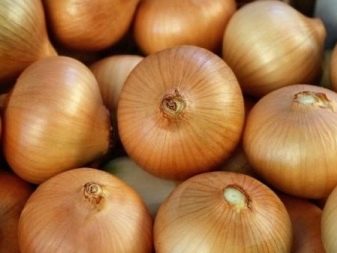
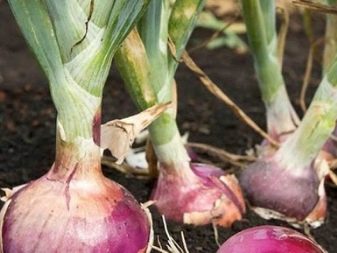
The ways
To accelerate the growth of crops and, thus, to get greens faster, you can use different technologies.
In the ground
To plant a crop on the ground, you need to use a nutritious soil mixture purchased at a store, or taken from your own site. It is poured into the container only after disinfection. Planting will have to be provided with a sufficient level of lighting, as well as moderate irrigation that does not provoke root rot.
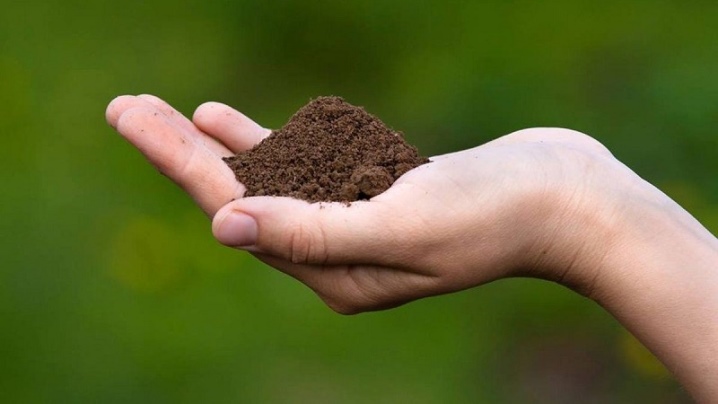
In water
To implement this method, you will need a container filled with medium temperature water, to which mineral fertilizers and a pair of activated carbon granules have been added. In addition, you need a head rest to keep only the head bases moist. Germination of greens in this case can be expected in a week.

In sawdust
When growing onions on sawdust, the soil substitute must first be treated with boiling water and a manganese solution. The box or box is covered with oilcloth, which creates ten-centimeter sides, and then filled with prepared material. The "soil" layer should be 4-5 centimeters. Selected bulbs are peeled and trimmed from above by about a centimeter. Previously, they should also be kept in a slightly pink solution of potassium permanganate for about 6-8 hours. Planting ends in the fact that the planting material is simply laid out tightly on the sawdust.
It is better to place a container with sawdust on a balcony, in a greenhouse or in a garage, where it is possible to maintain the required lighting. As the sawdust dries, they should be watered, and periodic processing with a mixture of 10 milliliters of hydrogen peroxide and 1 liter of base will also be a plus.
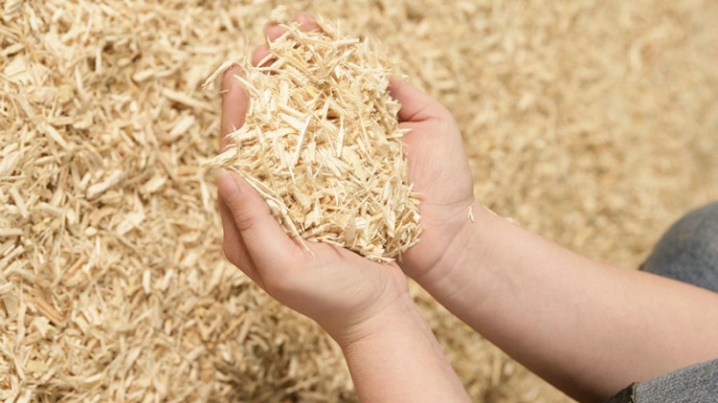
In hydroponics
When grown hydroponically, shaded containers with head holes in the lids are placed on the rack. In addition, a water heater and compressor are involved, as well as a special nutrient solution, which will need to be changed once a week. For the successful appearance of feathers, it is necessary that the temperature in the room is maintained from +25 to +27 degrees. The planting material is laid out on the lid so that the water only touches its roots. After that, for about half an hour, a water heater and a compressor are connected, as a result of which the filled nutrient solution is saturated with oxygen.
The containers will need to be kept in the dark for the first 10 days. Further, you can limit yourself to natural light or combine it with phytolamps. Germination should last about 15-21 hours, after which the solution is enriched with oxygen. The appearance of greenery in this case is expected as early as 14-15 days.
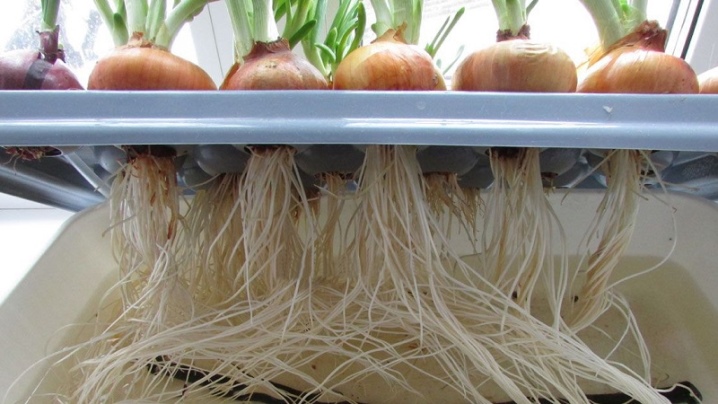
The nuances of distillation in different conditions
Despite the fact that forcing onions on a feather is carried out according to a single scheme, it may differ slightly depending on the conditions in which the process takes place.
In the open field
The place for forcing on the ground is chosen very carefully. The garden bed should be well-lit, cleaned of weeds and remnants of previous inhabitants, dug up and loosened. Preliminarily, mineral fertilizing is introduced into the ground, and a couple of days before planting it is abundantly irrigated. Late-ripening varieties should be used for the beds, the bulbs of which, being harvested in October, were able to reach a diameter of 3-4 centimeters. The disembarkation itself is usually carried out in the spring, when the temperature stabilizes, and you can not be afraid of the return of frost.
Bulbs are placed on the site by bridge or belt methods. In the first case, the dug grooves are closely filled with material without any gaps. In the second case, in the grooves, the distance between which is maintained equal to 10-20 centimeters, grooves are created with an interval of 2 to 4 centimeters, in which the bulbs are located. In both cases, the material is lightly covered with soil, forming a two- or three-centimeter layer, slightly exposing the top of the fruit. It should be mentioned that only dry and firm fruits should be used for forcing, without traces of rot or diseases. If the onions have not sprouted, then they will need to cut off the tops. For accelerated germination, they are soaked for half a day or even a whole day in water heated to 34-38 degrees, and then treated with the drug after fungi.
It is also possible to grow seedlings from seeds first, which will take about 1-2 months. For this, the container is filled with soil from the future site, and the grains are pre-soaked.It is customary to first leave the seed in heated water for one day, then keep it on a constantly moistened tissue for a couple of days. Finally, they are tucked into a container under a plastic or polyethylene lid and left in a dark place until sprouting appears.

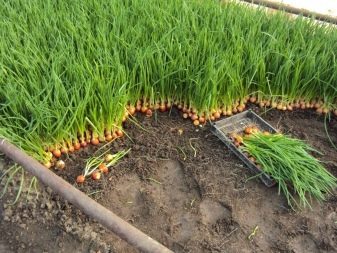
In the greenhouse
The building in which the onions will be grown for greens should be located in an area that receives enough light. In principle, it will not be superfluous to additionally mount several phytolamps, since the required length of daylight hours is at least 12 hours. The interior space is filled with shelving designed to save space and provide better heating. The temperature in the greenhouse should not drop below +18 degrees during the day and below +10 degrees at night. If it is not possible to control it yourself, it makes sense to purchase a control system. It is customary to irrigate plantings using drip irrigation.
Forcing a crop on a feather in a greenhouse usually lasts from mid-autumn to mid-spring, with the timing of the last sowing being limited to early spring. The containers are filled with a mixture of peat, humus, earth and sand, and the onions themselves are planted by bridge.
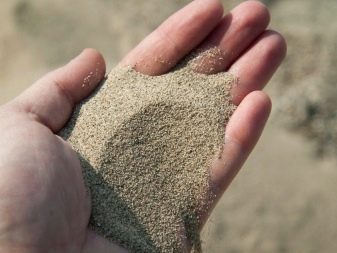

On the windowsill
The easiest way to get onion greens at home is on the windowsill. The planting material is located in a liquid or in the ground, and in the second case, it is possible to wake it up a few days earlier. The option of planting the bulbs in a plastic bottle with a capacity of 5 liters looks extremely simple. In this case, the top of the vessel is cut to fit a hand inside. After that, holes are cut on the walls for the tails of the bulbs. The bottle is alternately filled with earth and planting material, laid out in a row near the walls. For watering, the structure can be completely immersed in liquid, or it can be spilled from above.
Growing culture on the windowsill, you have to watch so that the plant has enough light, but it does not overheat. It is extremely important to exclude proximity to heating elements, mainly to the battery in winter.
The optimum temperature at home does not go beyond 22-25 degrees.
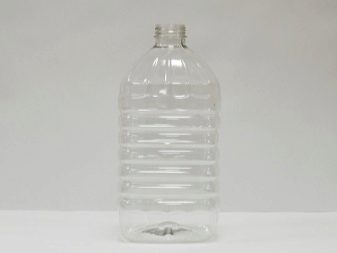
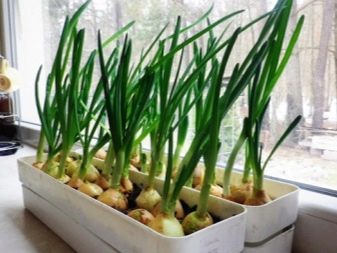
The use of stimulants
To speed up the process, the culture can be treated with stimulating drugs. So, after planting, the beds are irrigated solution of "Heteroauxin", which stimulates the development of the root system. The emergence of seedlings is accompanied by the use of "Epin" - a preparation for foliar processing. In advanced cases, it makes sense to contact "Oxyogumatu", able to invigorate even the most weakened plants.
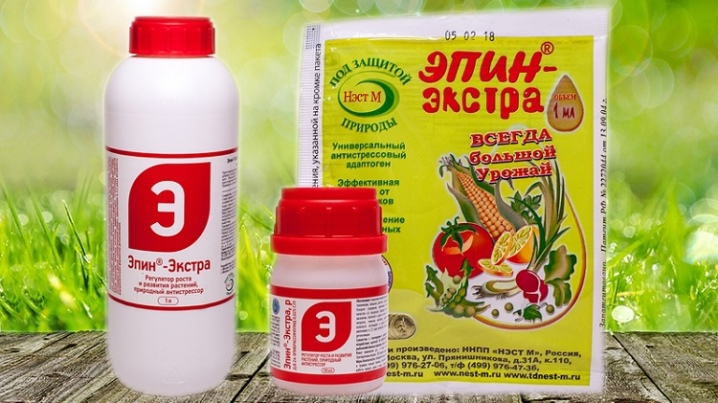













The comment was sent successfully.